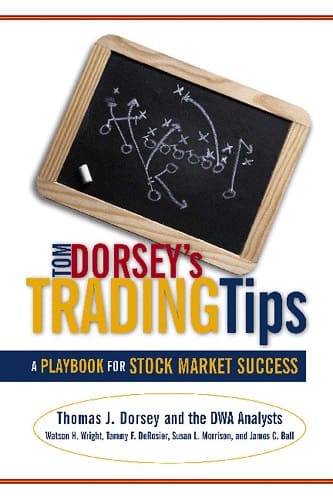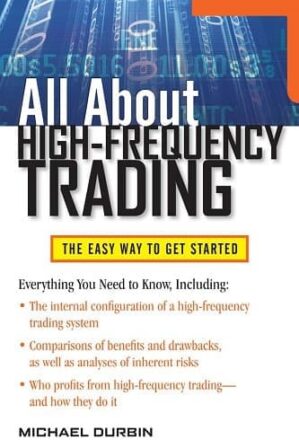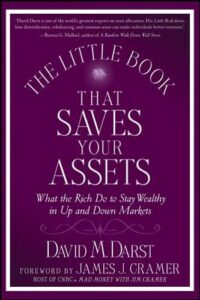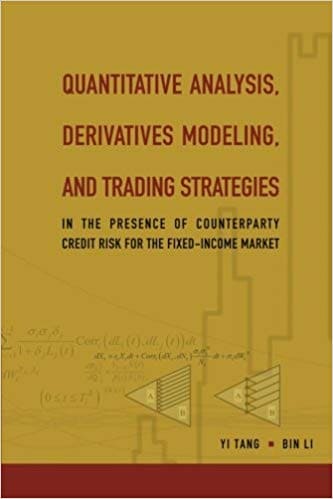Articles
Trading on Scales By John Chapman
Scaling is a simple, but very useful, technique employed by most professional traders and misused by some with serious consequences). Trading on a scale simply means staggering your purchases or sales instead of doing everything at a single level. Conceptually it is trivial, but hidden in the simplicity is a set of very useful tools. These don’t tell you which way the market will go, but they can do a lot to optimize your existing forecasting tools and can help you cope with a number of human weaknesses.
There are two basic types of scales for putting on a position – adding to a position that is moving against you, which I call a fading scale, and adding to one that is going your way, which I refer to as a pyramiding scale. The rationale behind the former is that as the market becomes increasingly mis-priced, a progressively larger position is warranted. In the latter, as the market unfolds along the lines you predicted, the odds that your analysis was correct increases, thereby justifying a larger position. Scales of both types can be front-end loaded, back-end loaded, or uniform. They can be evenly spaced or set at technically significant points. But, why bother when you could theoretically pick a spot part way down the scale, buy the entire number of lots contained on the scale and have the same expected profit? The problem is that to come up with such a single point equivalent, you would need to figure out, not only whether the commodity was mispriced, but how far into mispriced territory the thing was likely to go. It is hard enough to decide what to do IF something happens, without also having to calculate the odds of the event happening.
Suppose that the speculative longs are being shaken out, and you decide that if the market falls to 1000 you would like to be long 2 lots. If it happens to go overboard and reach 998 you would like to be long 4 lots. You may have no idea how likely this shake-out is to carry beyond 1000 to 998, but you may have definite ideas about how mispriced the market would be IF it carried that far. You might place a scale to buy 2 lots at 1000 and 2 more at 998.
In some instances you may have very strong opinions about the likelihood of different sized moves, and could therefore substitute a single order. However, unless your trading system was keying on a specific event e.g. a breakout at a certain point or the market moving to a specific technically significant level, I would still choose to scale. Besides enabling a trader to tailor his position to his assessment of the market, scaling can play a vital role in counteracting human foibles. I reluctantly admit to having put on plenty of positions without first having done enough homework; this is not recommended, but life is imperfect. However, there is nothing like having a loss on the first few lots of your scale to generate some belated but inspired research. And luckily, scaling often buys time to wake up and bail out before you are in too deeply. It also buys time for new information to come to light.
Scaling also helps the less focused among us in other ways. Since a scaler starts getting in sooner than a single point buyer, he is in the market a larger percentage of the time, which stimulates him to be more in tune with the market. Having one’s neck on the chopping block does sharpen the wits. The scaler also gets valuable feedback for coping with the dreaded “second thoughts syndrome”. Bold market opinions sometimes undergo a magic transformation moments after people get into a position. The confident, greed-driven desire to get in is replaced by a wave of doubt. Discovering the water is too hot by first dipping one’s toe in (scaling your way in) has certain readily understood advantages over the bodily plunge.
Suggested Books and Courses About Investment and Economy
For some people fading scales are difficult emotionally. In order to fill your entire scale you have to be losing money on your early positions. People have a strong aversion to getting deeper into a situation where they are already losing money (usually a healthy instinct). It can seem positively perverse to be rooting for your positions to go against you. Sometimes you want your entire scale filled; so in fact you are rooting against your early positions. Other times you want your later orders filled IF the market gets there, but by that time you would be taking a big enough hit on your earlier lots that you would prefer that it not get there. I refer to these two types of fading scales as “happy scales” and “consolation prize scales” respectively.
On a happy scale if the market goes up after your early purchases you make money, and if it goes down you get to put on some really promising positions, to make even more money. The example above where orders were placed at 1000 and 998 was a happy scale. To illustrate a consolation prize scale, suppose that you bought 1 lot each at 1025,1020,1015,1010, and 1005, at each of which levels the odds of a good up move improved. At 1000 your assessment was that there would be a 75% chance of a 10pt up move vs a 25% chance of a 10pt down move. You decided that you could risk a 10 lot total position on such odds, so your scale included an order to buy 5 more at 1000.
That is a perfectly reasonable strategy. You would want that 10 lot total position IF it got there, but your situation would then be a 75% chance of getting out at 1010 and 25% of getting out at 990. You would already be down 75 pts on your first 5 lots (25+20+15+10+5). Your 10 lot position from the 1000 level has an expected gain of only (.75*10pts-.25*10pts)*10 lots=50pts, which is not enough to make up for the loss on your earlier purchases. You have completed a consolation prize scale. There is another kind of fading scale, call it the “I’ve got to get my money back scale”. These are after-the-fact, “inspirational” reinterpretations of the odds, which now justify a much bigger position. The more common term for it is “averaging down”. Averaging down has probably wiped out more traders than war, famine, and pestilence combined.
People feel a desperate desire to get back what they have lost. They will play double or nothing or even more extreme versions of averaging down to do it. Since these “I’ve got to get my money back” scales bear some resemblance to legitimate scaling, traders who should know better often rationalize them as scaling. In the example above, if the decision to buy at 1000 was an after-the-fact inspiration or if your scale was originally to buy only 1 lot at 1000, red flags should go up. Perhaps the acid test is to ask yourself if you truly believe that each additional purchase on the scale has better odds than the one before it. If it can’t pass that test you are probably rationalizing the alluring and deadly impulse to average down.
Pyramiding scales, like fading ones, have their share of pitfalls, but these are mild in comparison to the evils of averaging down. The pitfalls in pyramiding come from two sources – faulty reasoning and the relief they can offer from unpleasant stress. Somehow people don’t think of paper profits the same way they do realized profits. There is a sense that they are playing with the market’s money until the position is actually closed out. They argue that adding to a winning position means that they have a cushion of the “market’s money” to protect themselves with thereby making this a safe way to trade. Rationally, of course, you should always mark your positions to market; paper profits are your money, not the market’s.
The consequences of not considering paper profits as really theirs are threefold. First, protected by the perceived cushion, people tend to take bigger positions than the situation justifies. Second, feeling safe because of their cushion, they hesitate to bail out promptly when trouble appears. And third, in the absence of a cushion they take positions that are smaller than the circumstances warrant. Even traders who understand the proper use of pyramiding scales and are quite objective about marking to market, are not entirely immune to the emotional allure of the cushion. Regardless of how irrational it is, psychologically these cushions relieve stress. And depending on the degree to which stress interferes with your performance, pretending that the cushions are the market’s money could be worth the cost.
Not all scaling is used for accumulating positions; scales can be used equally well for liquidations. Progressively selling out as objectives are reached is analogous to a fading scale; call it a fading liquidation. Reducing your position as the market moves against you, which I refer to as a contingency bailout, is like the mirror image of a pyramiding scale. You use it to reduce your position as you gradually lose confidence in your original assessment. It is essentially a progressive stop. Like their accumulation cousins, liquidation scales come with their own set of crutches and perils. Scaling out as the market reaches various objectives can help those who are overeager to book a profit, to not dump their entire position too early. Conversely, a contingency bailout makes it easier for those who can’t bring themselves to take a loss, to ease out in a somewhat disciplined manner.
The biggest pitfall is in using contingency bailouts as an excuse to stay in a position when you should be bailing out of everything in a hurry. The power of hope keeps people in losing positions too long, and contingency bailouts can either help people to handle this emotional weakness or can worsen it by providing cover for it. All of the scaling techniques discussed in this article have three things in common.
- They can be used to continuously optimize your position size vs probability of success.
- They provide a means for counteracting various human weaknesses.
- They can be abused and become a smokescreen for certain destructive impulses.
In my own trading I am constantly working a whole array of scales – all of the types discussed in this article – fadings, pyramids, contingency bailouts, and fading liquidations. I use them for both spreads and outright positions. Some of my scales may stay in place for weeks, resulting in my putting on and taking off positions multiple times; others will come and go or be modified several times in the same day. While I do take advantage of some of the crutches and have at one time or another been guilty of most of the sins, to me scaling is primarily a tool for constantly fine-tuning my positions.




